This is a small tree animal who is able to climb and jump from trees & wires. They eat everything from flowers, to acorns, to even bugs!
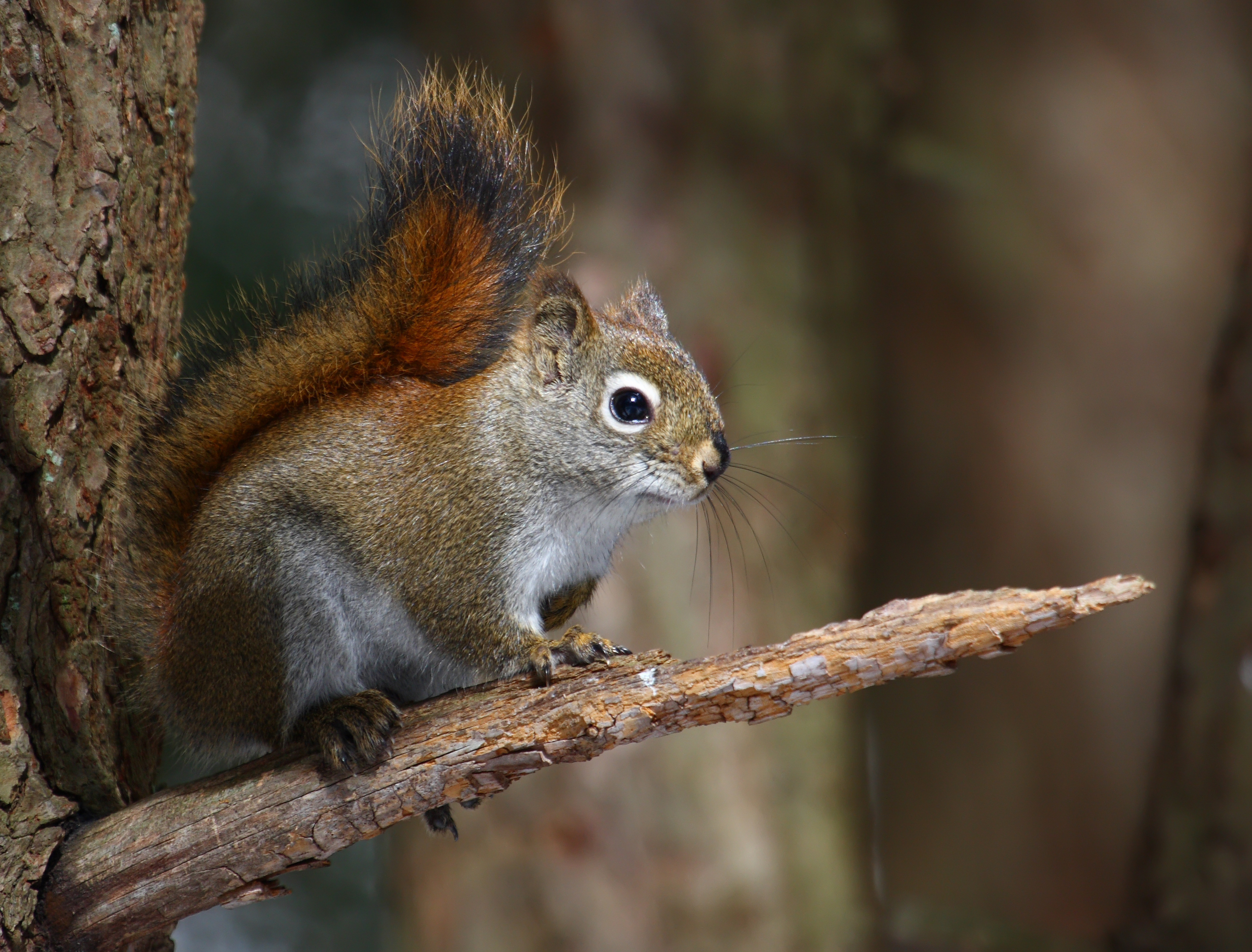
Red Squirrel
You can see these flying animals everywhere there's water in Indiana. Bigger than a duck, and also way more mean. These animals migrate south for the winter.
Canadian Goose
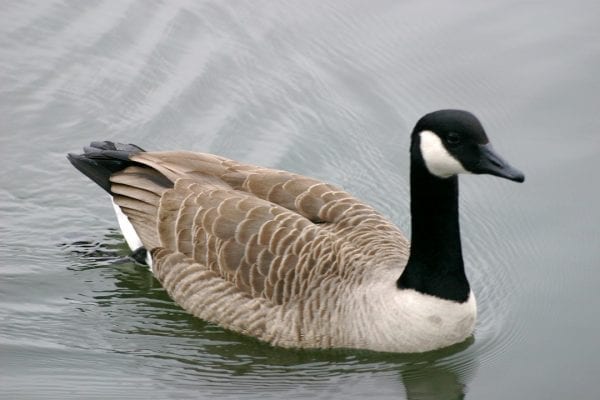
These birds are the most common in Indiana, and especially Indianapolis! They have a very distinct orange belly with gray backside. They lay eggs 3 times each year.
North American Robin

Although their name says they might all be female, many are actually male as well. These Indiana bugs have 7 dots on their outer shell that protects their wings.
Lady Bug
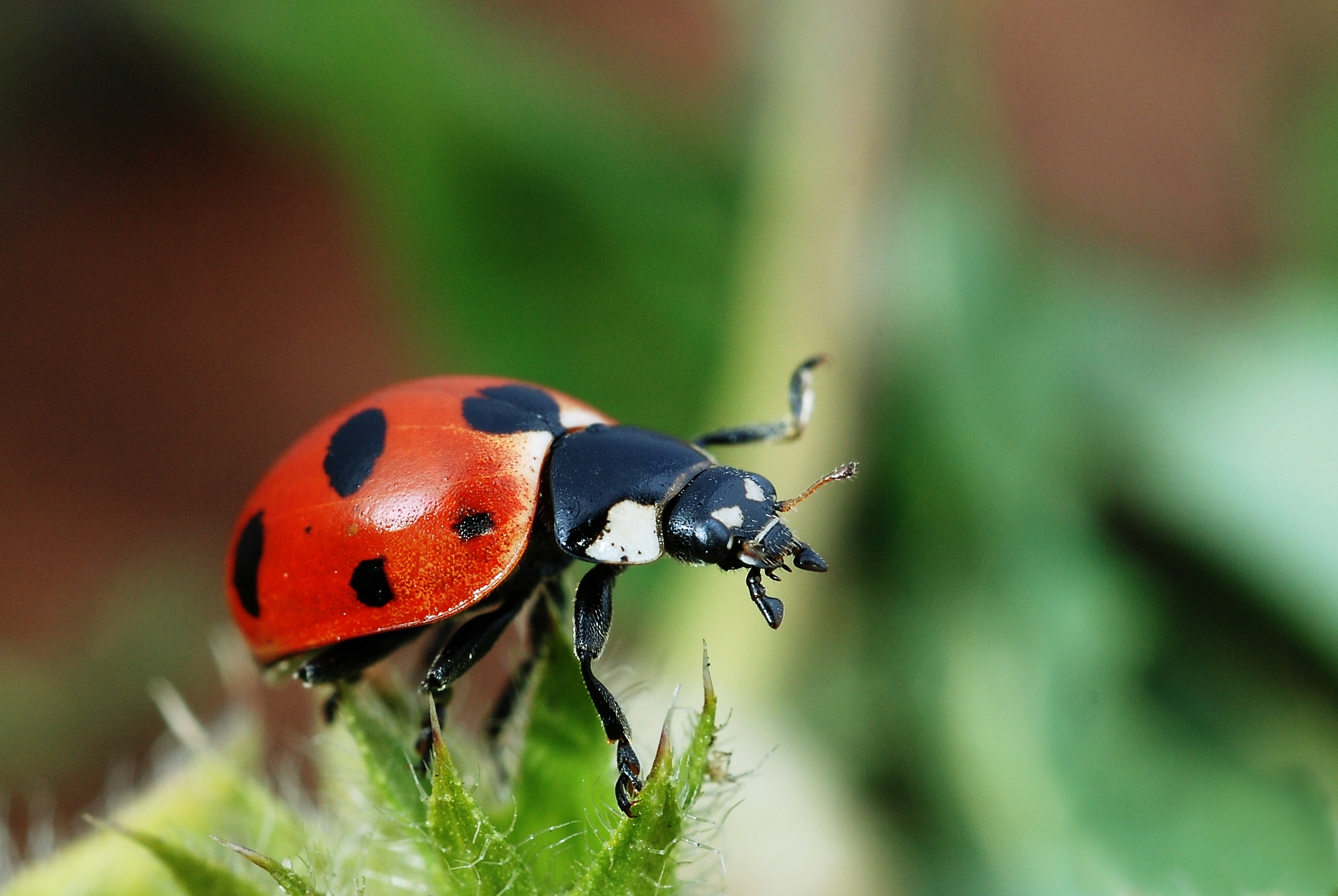
Like a river otter, not many know that these mammals live in Indiana. They live on the river banks building dams from fallen tree limbs. Most of their diet comes from foliage in lakes/rivers.
American Beaver
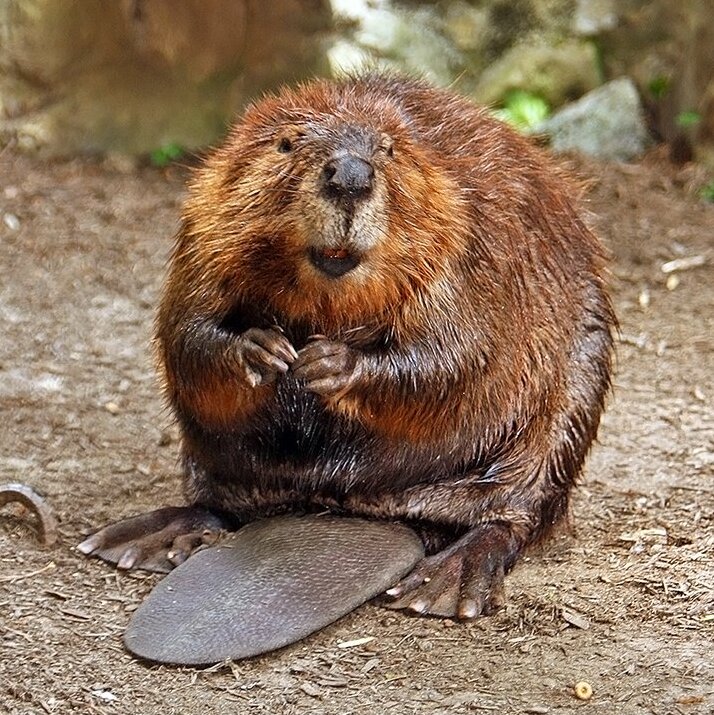
This is the largest of all the wild mammals in Indiana! They can grow up to be 350 pounds, and the male have antlers and are called bucks. Many don't know tat these animals are also really good swimmers.
White-Tailed Deer

These fish are named after a mammal because of the whiskers they have around their face. They live in dirty & muddy waters, and are sometimes fished to be eaten!
Catfish

This bird is the state bird of Indiana. Only the male are bright red, while the female are usually a shade of brown. They are considered songbirds, and have what looks like a red mohawk on their head.
North American Cardinal
/northern-cardinal-male-58a6dae73df78c345b5f3610.jpg)
They buzz, they fly, & they have a yellow and black striped pattern. Kids (and even adults) are afraid of being stung by these, but in reality all they do is fly around eating & sleeping in flowers. However, if they do sting they don't die like other insects in their family.
Bumblebee

Smaller, skinnier, and more mean than a wolf. This mammal has even shown itself around Indianapolis at times, killing pets that were left outside too long at night. They look like a dog, very territorial, and very mean.
Coyote

These small mammals are known for their big ears, big front teeth, and their white poofy tail. They live in dens dug into the ground and look for food when the sun goes down (when it is safe to bounce around)
Cottontail Rabbit
This isn't a fish, but it will always be found living around lakes. They fly around with 4 powerful wings. With 6 legs & 2 huge receptor eyes they look for lake plants to eat from. Having one land on your head is considered good luck!
Dragonfly
:max_bytes(150000):strip_icc()/__opt__aboutcom__coeus__resources__content_migration__mnn__images__2016__08__dragonfly-lead-80b33b541c4b4d779d9f8cef1ce55645.jpg)
These birds are very, very small and fast. The male have bright red chins and green backs. With a long and pointed beak, these birds suck nectar out of flowers. Their wings flap 15 times each second!
Hummingbird
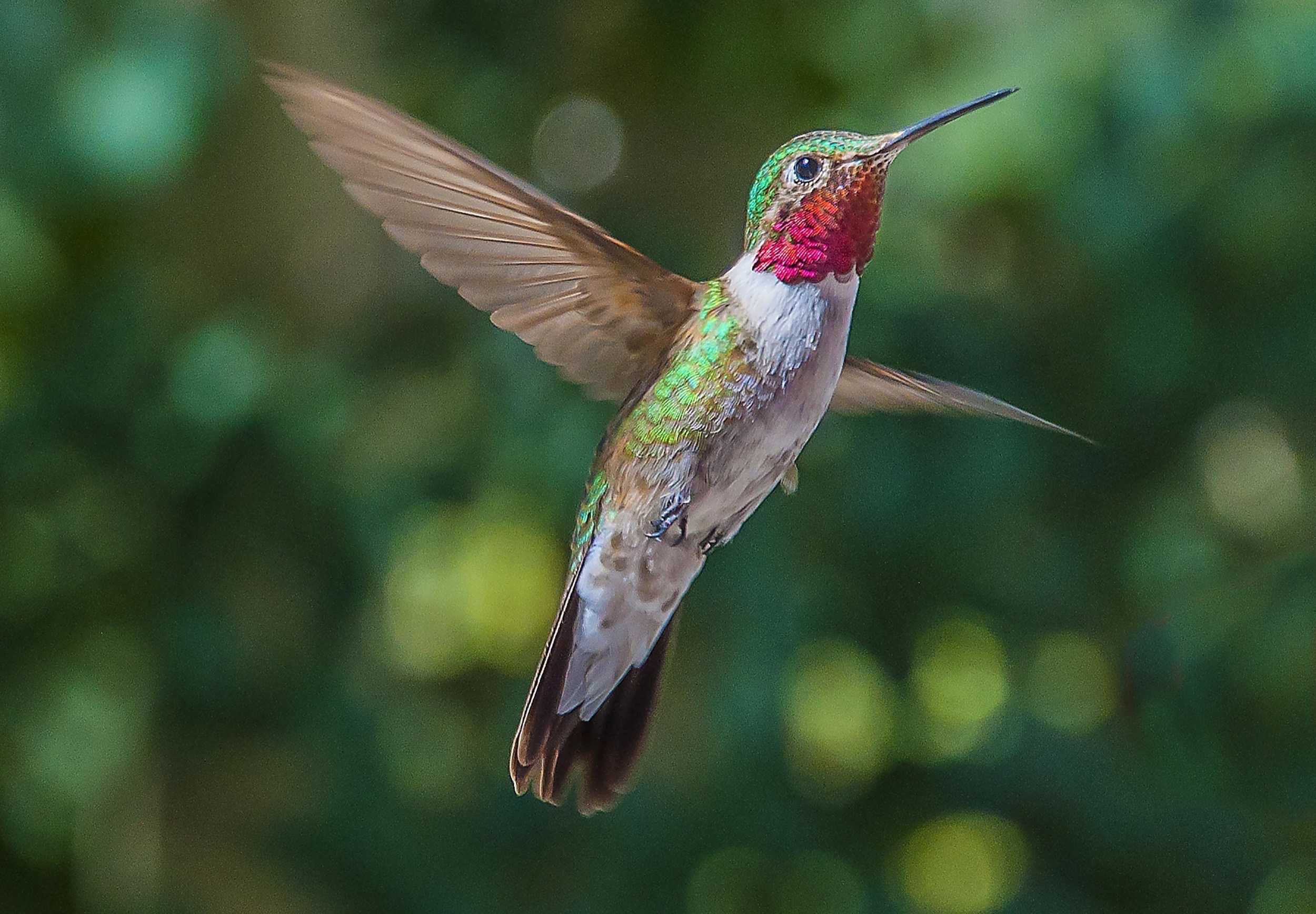
These insects just recently came out finally! They come out of the ground every year around June/July in order to eat, lay eggs, and die. You can see them light up their abdomen as a way to attract mates.
Big Dipper Firefly (Lightning Bug)

You might see this bird hanging out on telephone wires on the side of the highway. They perch and use their great eyesight to see movements in the grass from mice and other rodents.
(Note: They aren't Eagles or Owls)
Red Tailed Hawk

Sometimes confused for a squirrel, these mammals are very small and fast. They will create their dens inside piles of rocks or branches. They store food in their cheeks when they find acorns or flower buds.
Eastern Chipmunk
This fish lives in rivers & cleaner waters. They are the most common fish fished for competition. If left undisturbed, they can live to be 20 years old! One female can lay 2,000 eggs. There is also an instrument of the same name as this fish.
Largemouth Bass

These birds are notoriously mean. They will occasionally destroy the nests of other birds, or eat their eggs. Besides that though, they only eat ants & caterpillars. Their blue color is unique to birds in Indiana. There is also an MLB team named after this bird.
Blue Jay

These bugs live in the dirt, usually hidden under fallen branches or logs. Technically they aren't even bugs. They are crustaceans like crabs & lobsters! They eat decaying plants and animals to survive. If you touch them they will roll up into a ball as a defense mechanism.
Roly-Poly (Woodlouse Isopod)
:max_bytes(150000):strip_icc()/__opt__aboutcom__coeus__resources__content_migration__mnn__images__2019__03__pill_bug_roly_poly-05e5b878ad97499cbb23c7760c9d3d4a.jpg)
These insects are pretty intimidating if you see one flying around, but they aren't dangerous at all! They are actually helpful for us humans. They eat the larva of flies and mosquitoes.
Crane Fly (Mosquito Eater)
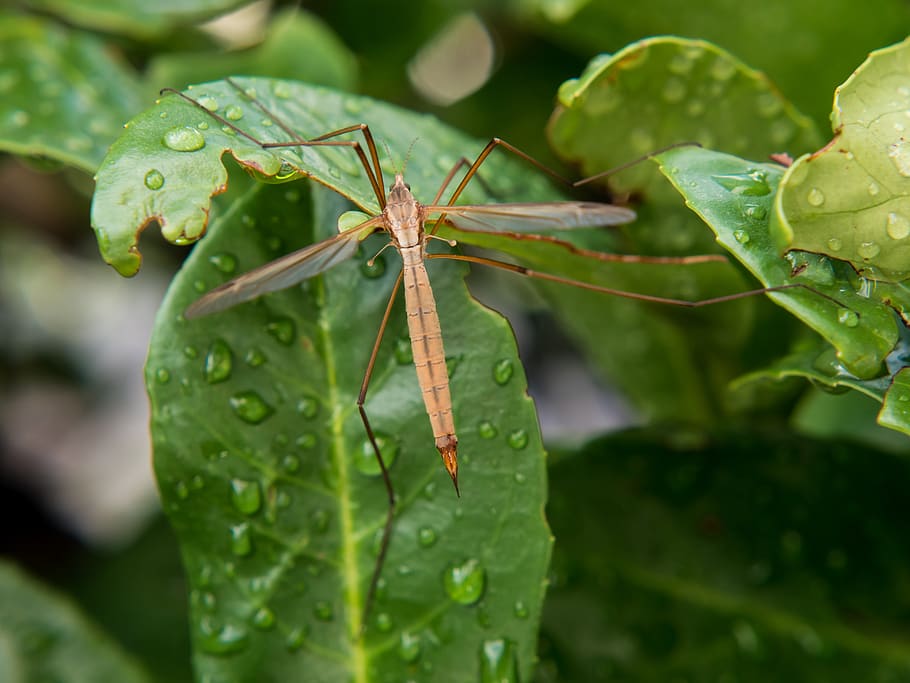
These black furred mammals are iconic with their 2 white stripes down their back. They are nocturnal and very calm. However, if they are spooked then things get really stinky really fast.
Striped Skunk
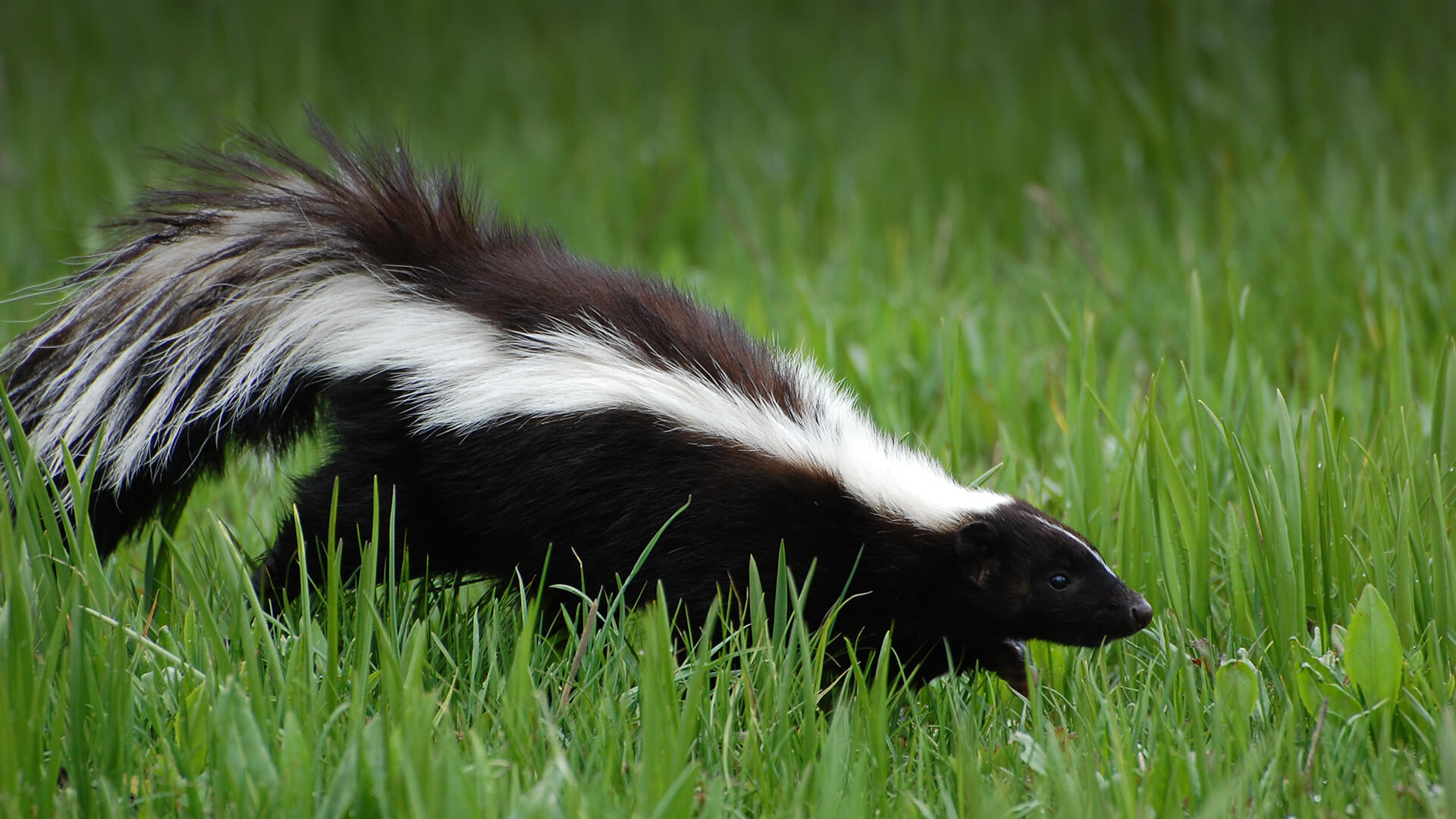
Many don't know that these animals actually live in Indiana! These water mammals can hold their breath for 8 minutes, are known to sleep on their backs, holding hands with their partner, and always wash their fur off after eating.
River Otter
:max_bytes(150000):strip_icc()/__opt__aboutcom__coeus__resources__content_migration__mnn__images__2015__09__Sea_otters_holding_hands-495a2915ee484c1fa5259b8cc770a5d3.jpg)
This bird uses its beak to drill holes into a tree in order to find termites, and will also drill into fallen branches & dead trees to find lawn grubs.
Hairy Woodpecker

These big insects can grow up to 4 inches long, with 2 huge pincers on its head. They burrow deep into the dirt during the day and come up when it rains or when it is night to eat and forage. Not much is known about this insects way of life.
(This one is hard, you win the game instantly if you can guess this insect.)
Stag Beetle
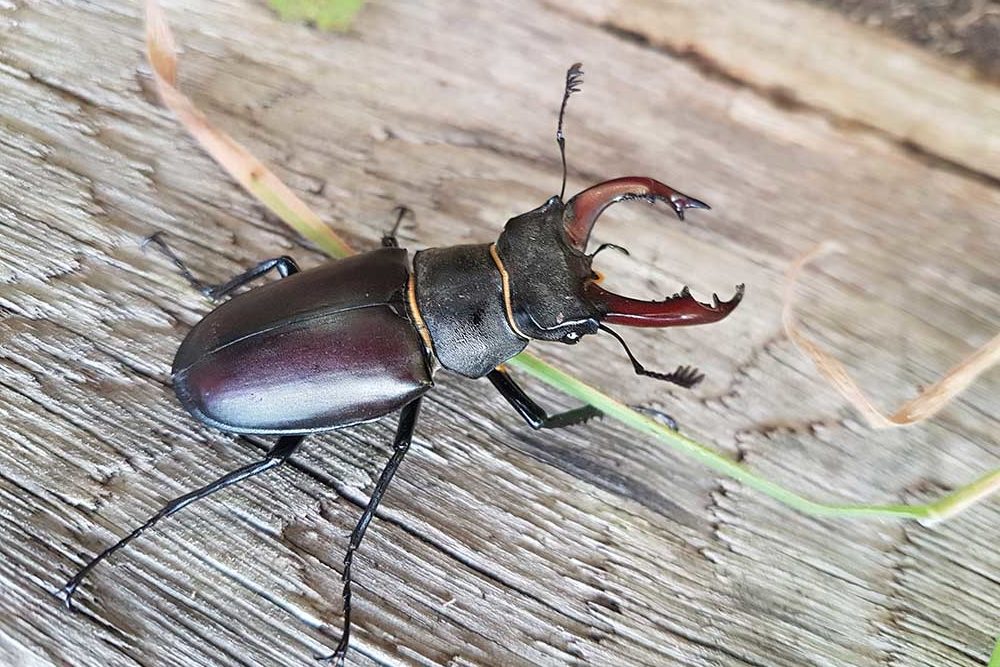
This is a type of wasp that builds their nests & hives using mud from the ground rather than the usual paper like material. They are usually all black in color with a blue tint in the sun. They are longer, but skinnier, than regular wasps.
Mud Dauber
